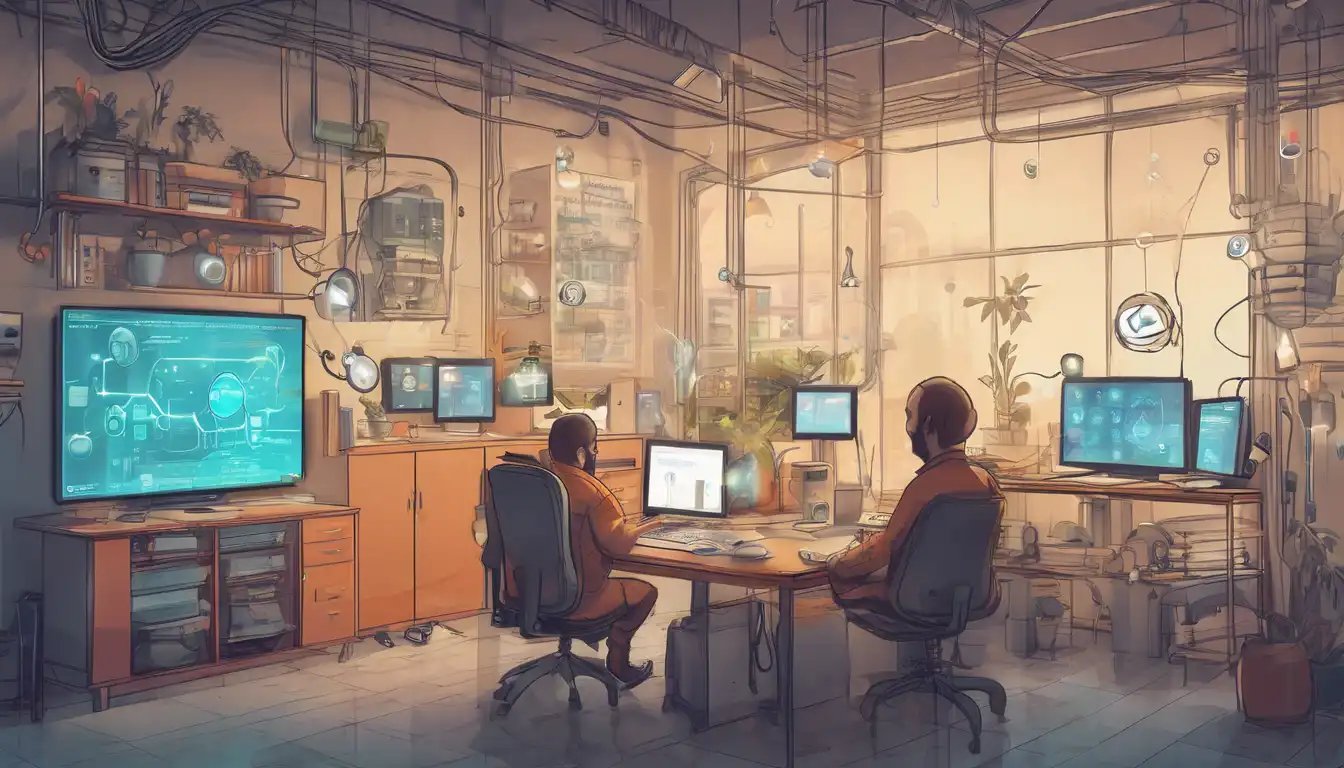Introduction to IoT Development
The Internet of Things (IoT) is revolutionizing how we interact with the world around us. From smart homes to industrial automation, IoT development is at the heart of this transformation. This guide is designed to help beginners take their first steps into the exciting world of IoT development.
Understanding IoT
IoT refers to the network of physical devices connected to the internet, collecting and sharing data. These devices range from ordinary household items like refrigerators to sophisticated industrial tools. The key to IoT is the seamless communication between devices, enabling automation and smarter decision-making.
Getting Started with IoT Development
To begin your journey in IoT development, you'll need to familiarize yourself with a few core concepts and tools:
- Hardware: Start with a development board like Arduino or Raspberry Pi. These boards are beginner-friendly and widely used in IoT projects.
- Programming Languages: Python and JavaScript are popular choices for IoT development due to their simplicity and versatility.
- IoT Platforms: Platforms like AWS IoT and Google Cloud IoT provide the infrastructure needed to connect and manage your devices.
- Networking: Understanding how devices communicate over the internet is crucial. Learn about protocols like MQTT and HTTP.
Building Your First IoT Project
A simple project to start with is a smart LED that you can control remotely. Here's how you can do it:
- Connect an LED to your development board.
- Write a simple program to control the LED using Python.
- Use an IoT platform to send commands to your device over the internet.
- Monitor and control your LED from a smartphone app.
This project will give you a hands-on understanding of how IoT devices work and how they can be controlled remotely.
Challenges in IoT Development
While IoT development is exciting, it comes with its set of challenges:
- Security: With devices connected to the internet, ensuring data privacy and security is paramount.
- Scalability: As your network of devices grows, managing them efficiently becomes a challenge.
- Interoperability: Ensuring that devices from different manufacturers can communicate seamlessly is crucial for a cohesive IoT ecosystem.
Future of IoT Development
The future of IoT is bright, with advancements in AI and machine learning paving the way for smarter and more autonomous devices. As a developer, staying updated with the latest trends and technologies is key to success in this field.
For more insights into IoT and related technologies, check out our technology section.
Conclusion
IoT development is a fascinating field that offers endless possibilities. By starting with simple projects and gradually tackling more complex challenges, you can build a solid foundation in IoT development. Remember, the key to success is continuous learning and experimentation.
